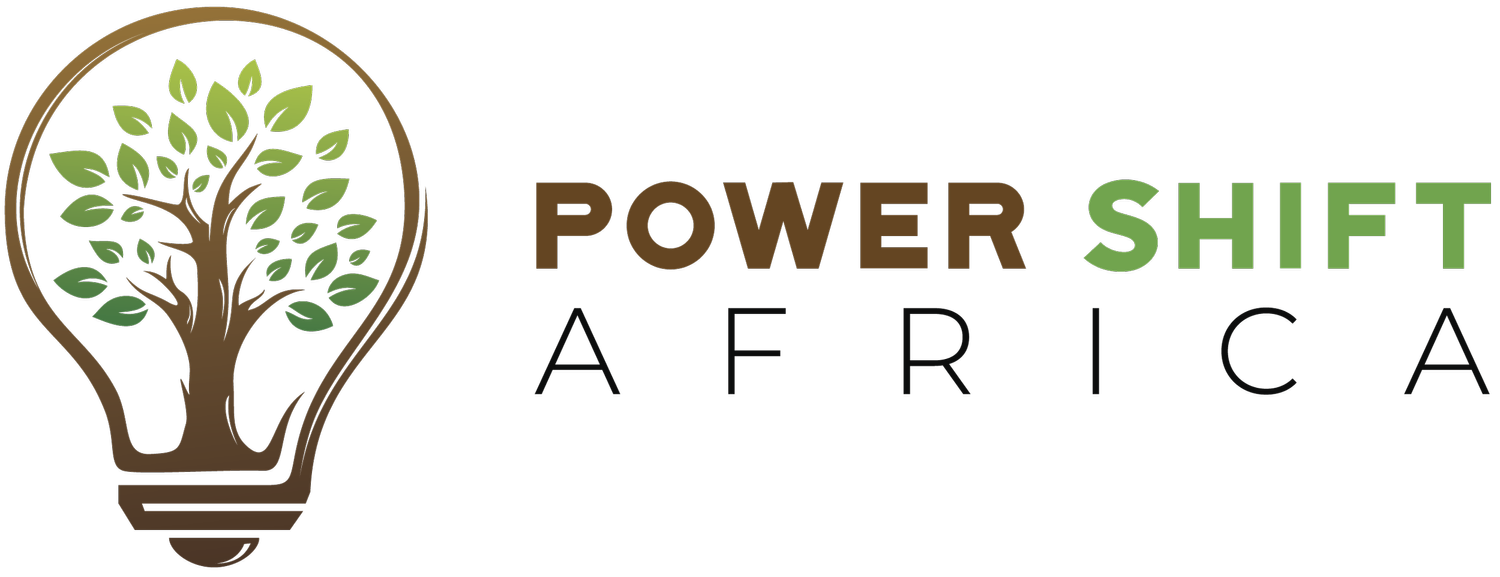Running on Empty: 10 Quick Takes from the Adaptation Gap Report, 2025
The 2025 edition of the annual Adaptation Gap Report by the United Nations Environment Programme (UNEP) was launched yesterday, highlighting, once again, the growing disparity between adaptation needs and the finance required to mount robust resilience against climate change in the world. ‘‘The world is gearing up for climate resilience — without the money to get there,’’ warns the report, poignantly titled ‘‘Running on Empty’’. In this blog, we analyse some of the key findings and recommendations of the report.
We are running on empty: The adaptation finance fuel tank is drying up, the report reveals. Finance is not flowing where it’s needed despite the growing impacts of climate change, as droughts, floods, storms and heatwaves sweep across Africa and the Global South. This is complicating resilience-building efforts as frontline communities continue to suffer.
Developed countries have shirked their obligation: The Paris Agreement obligates wealthy nations to support their poor and climate-vulnerable counterparts in building their resilience against climate shocks. They are not doing this – at least not adequately. Rich countries are responsible for destroying the climate system through historical greenhouse gas emissions, whose destructive consequences poor nations are now experiencing.
The Glasgow Pact may NOT be achieved: At COP26 in 2021, countries signed the Glasgow Pact, with developed countries agreeing to mobilise $40 billion annually by 2025 to support adaptation interventions in the world. Between 2022 and 2023, adaptation finance flows from developed to developing countries fell from $28 billion to $26 billion, raising a red flag that if the downward trend continues, the Glasgow Pact may become another missed target. Africa, the most climate-devastated continent, received only $14.8 billion for adaptation in 2023, according to this analysis by the Global Centre on Adaptation (GCA).
Will the NCQG be the saviour? At COP29 in Baku last year, developed countries agreed to mobilise $300 billion to finance both mitigation and adaptation by 2035. If either were to receive 50 percent ($150 billion) – assuming the funds are provided – the figure would still be a fraction of the resources poor nations need to adequately adapt to climate change.
Current Adaptation Finance needs: $310-$365 billion: This is the amount of money developing countries require to finance comprehensive adaptation interventions, the report reveals. In other words, even if the entire war chest for the NCQG were to be deployed exclusively to adaptation, it would still be underfunded.
172 countries now have adaptation plans: This is one of the few silver linings in the report. Nearly 88 percent of the countries globally have developed national adaptation plans, priorities and strategies, evidence that they recognise the need to build the adaptive capacity of their people and economies. More than 1600 adaptation actions featured in the first biennial transparency report under the Paris Agreement, most of them touching on biodiversity, agriculture, water and infrastructure.
Adapt, but don’t neglect mitigation: The report emphasises the importance of mitigation to minimise climate impacts. Building resilience is important, but phasing out fossil fuels is the best way to adapt. Historical emissions caused the climate crisis, and continued reliance on dirty fuels compounds the vulnerability of frontline communities and, consequently, the level of need. Exploiting and burning them must stop to prevent or slow down the climate collapse.
Bring in new finance providers, instruments: The report calls for new providers of climate finance and innovative finance mechanisms to boost resources for adaptation. It specifically highlights the complementary nature of private finance to widen the resource pool for adaptation.
Debt has no place in climate/adaptation finance: The report emphasises the need for grants and concessional financing for adaptation projects in developing countries. This is aimed at relieving poor countries of the debt burden associated with ‘climate finance’ loans. As many as 25 African countries are debt-strapped, according to the United Nations Development Programme (UNDP). By the end of 2023, Africa’s external debt topped $1.15 trillion, with the continent spending nearly $163 billion to service debt last year, as these estimates by the African Development Bank (AfDB) show. The call for non-debt climate finance mechanisms is part of the growing sentiment around the reform of the global financial architecture.
Invest in adaptation NOW: Today, many countries in the world face competing priorities with national budgets tighter than ever, a fact acknowledged by the report. Still, it challenges countries to set aside resources for adaptation initiatives to save lives, salvage livelihoods and lessen climate shocks on infrastructure. This is the only way to protect economies from current and future devastation.

